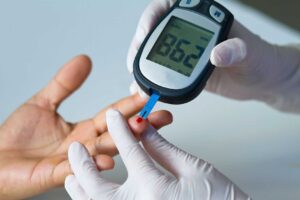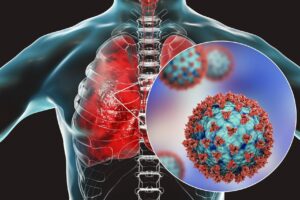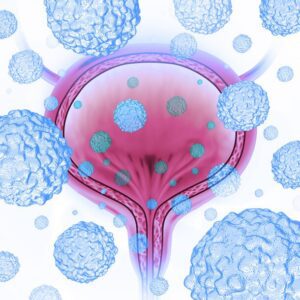Ref: Kun-DerLin etal., Association of depression and parasympathetic activation with glycaemic control in type 2 diabetes mellitus, Journal of Diabetes and Its Complications (JDC), Available online 12 July 2022, 108264, https://doi.org/10.1016/j.jdiacomp.2022.108264
Abstract
Aim
Patients with type 2 diabetes mellitus exhibited autonomic nervous system (ANS) dysfunction and comorbidities with depressive or anxiety symptoms were related to poor glycaemic control. Heart rate variability (HRV) converted from electrocardiogram (ECG) has been used as the ANS index. The study aimed to explore the associations between depression, anxiety, HRV, and glycaemic control in patients with type 2 diabetes mellitus.
Methods
The Patient Health Questionnaire-9 (PHQ-9) and Generalized Anxiety Disorder-7 (GAD-7) questionnaires were used to assess depressive and anxiety symptoms in 647 patients with type 2 diabetes mellitus (mean age was 63 ± 10 years, 56 % males). The ECG raw signals were collected from a 5-min sitting and resting baseline and then transformed to HRV indices referring ANS activation. Blood glucose and lipid profiles including glycated hemoglobin (HbA1c), high-density lipoprotein (HDL), low-density lipoprotein (LDL), and triglyceride were obtained from the electronic medical records.
Results
Ninety-nine (15 %) participants had depressive symptoms and 59 (9 %) had anxiety symptoms. Depression and HbA1c were negatively correlated with parasympathetic activation. Depression and anxiety were positively correlated with sympathetic activation. After controlling for demographic data and lipid profiles, depression was a significant positive predictor for HbA1c levels; and HRV indices (lnLF and lnHF) were the significant negative predictors for HbA1c levels. Mediation effect analysis showed that depression was a mediator between parasympathetic activation and glycaemic control.
Conclusions
Lower parasympathetic activation and higher depressive symptoms may affect glycaemic control in patients with type 2 diabetes mellitus. Intervention programs targeting to increase parasympathetic activities and reducing depression could be further tested for their effects on glycaemic outcomes for potential clinical use.
Highlights
- Depression was positively correlated with glycated haemoglobin (HbA1c).
- Depression was a mediator between parasympathetic activation (lnHF) and HbA1c.
- Sympathetic activation, parasympathetic activation, and depression predicted HbA1c levels.





